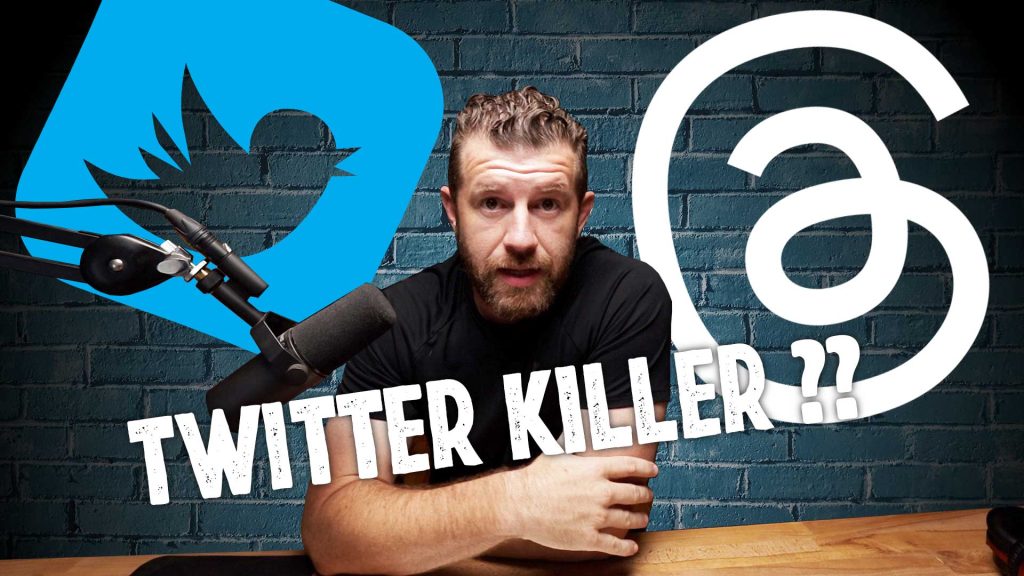An Image is Worth a Thousand Words.
Again, I’m discussing tips & tricks from David Ogilvy. This time, it’s on images to use for posts, thumbnails, articles, etc. Friends, it turns out, I was doing some things wrong with my posts and these tips really helped me out. So hopefully they can do the same for you.
A good picture versus a bad picture can make an enormous difference.
Sometimes I’ll be searching for an image to use with my content and I won’t really know what it is. So I’ll like go on Unsplash or something and I’ll be trying to find an image and there can be a lot of really artistic images there to use. And I still don’t know what to do with the
image so I’ll I’ll try something and then it’s not doing very well. I’ll try another image maybe it does a little better. But most of the time I struggle with what image to use that’s going to
grab the most attention.
So I’ve been totally nerding out reading Ogilvy. He has some great tips on images and I
thought I would just spew them out here for you and save you the time from having to find the book and read the chapter because it was super helpful and you should know.
So here’s a little framework I got from Ogilvy that kind of helped me dial in my images so that I could get the most possible clicks or the most possible attention. And even though Ogilvy’s been around for a minute it still works today.
First the subject of the image that you use should be remarkable. It should be something that’s worthy of being in an image. Don’t just post a pretty landscape because it’s pretty. Make sure that it has a subject and that the subject sticks out, that it catches the person’s eye.
Second your picture should arouse curiosity from the reader. If they just scroll and think ‘oh that was a pretty pony’ – you know, and it went by – oh there’s a woman…’ The audience isn’t gonna care. Now you put an interesting image there that stops them – ‘like wait… what is this? What is this about? What’s going on in this image? This is interesting. I don’t know what’s happening here. Maybe I should click this…’
That makes a good image.
If you have a product and you don’t know what else to put in your post, make the product your
subject. It’s the hero. Put it in there make it stand out and then do something interesting with it.
Everybody loves before and after, so if you have a before and after images, this is what I look like before I use this product and this is what I look like after… it’s gonna do really really well.
‘This is my car when it was boring – this is my car once I added bling to it.’
‘My air conditioner was broken. – Here, now my air conditioner is blowing 30 miles an hour .’
People love that.
Text is great. Text grabs attention. If you have a little text on a photo it goes a long way. If you have a ton of text on a photo… it’s obnoxious and annoying. Don’t do that. But a little text on a photo goes a long way, grabs attention. Says ‘huh that’s interesting.’ People will engage with that.
Keep the image simple and not super busy. So rather than show a car surrounded by other cars in the sea of cars on a freeway of cars – just put one car there on a white background and make it about the car. Simple just does better every time.
If you have people’s faces in the image, make them normal size. Nobody wants to see a zoomed in picture. Like, nobody wants to be super close because super close is awkward and it’s weird and nobody likes it… so don’t do that. Normal sized people. That way when they see them it’s not distracting.
Things that you find interesting… most people are not going to find interesting, so make sure that you’re using topics that are interesting to your target audience that you’re aiming for. They should be interested in it. That’s what matters. Your interest… not so much.
Babies.
Heart-throbs.
Babies with heart throbs.
Puppies.
Babies with heart throbs holding puppies.
All those things sell images.
That’s how it is. So just do it.
That’s it for me. I’m out.



